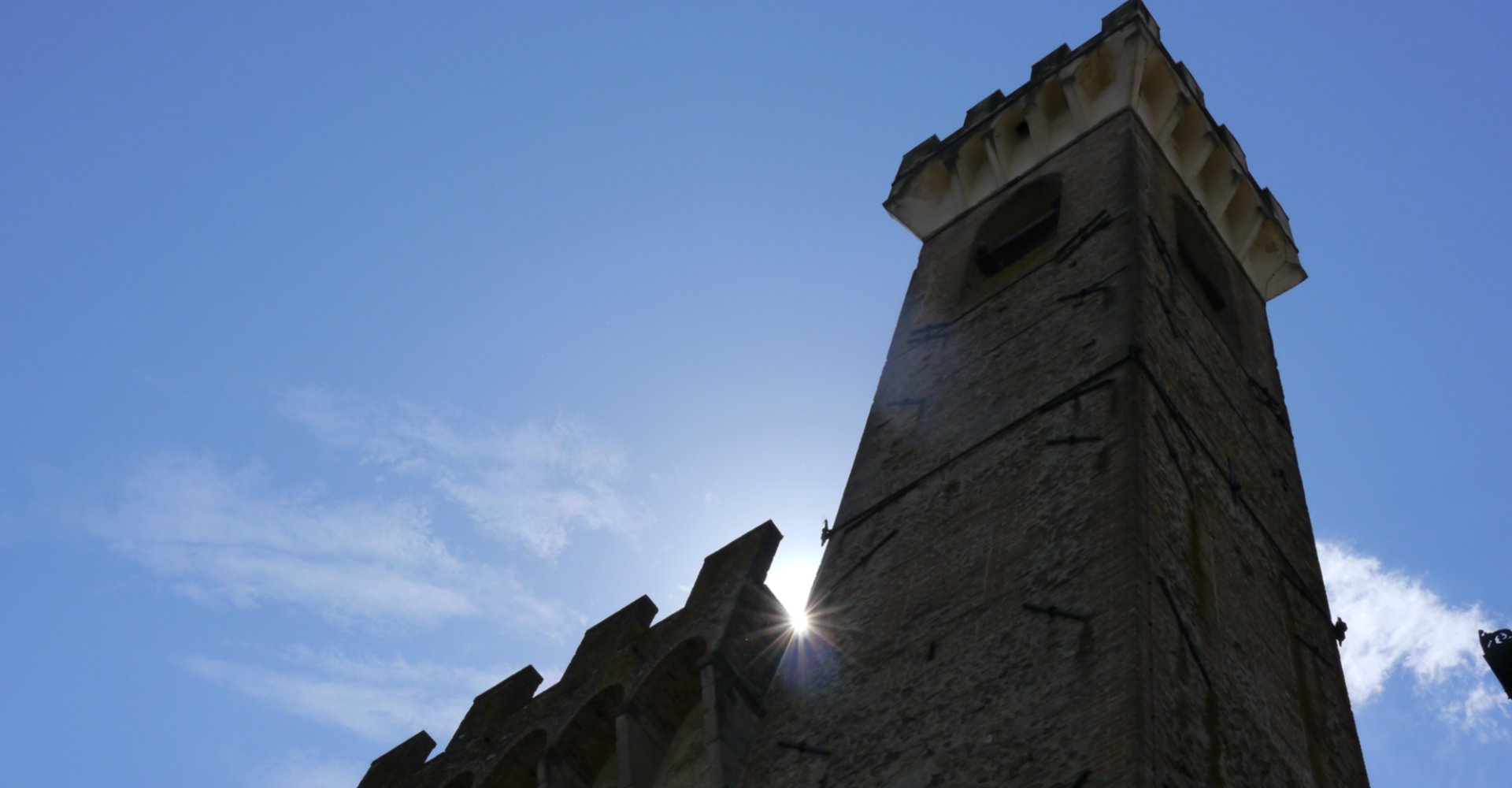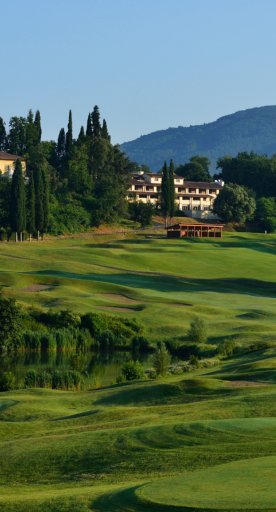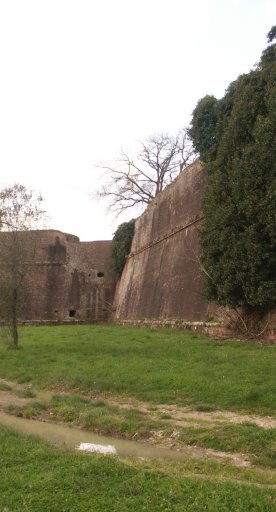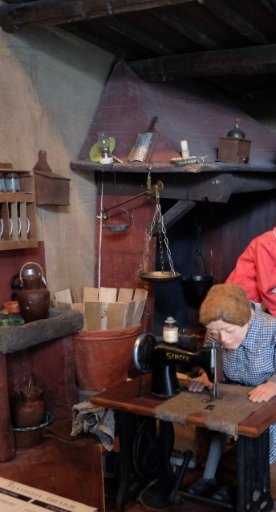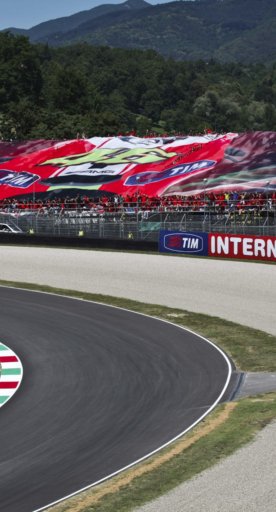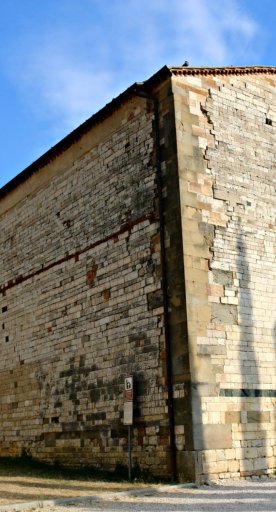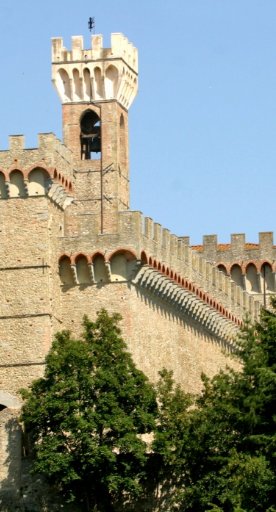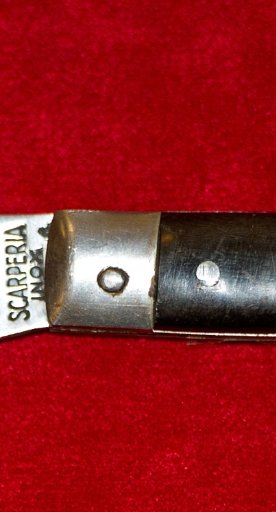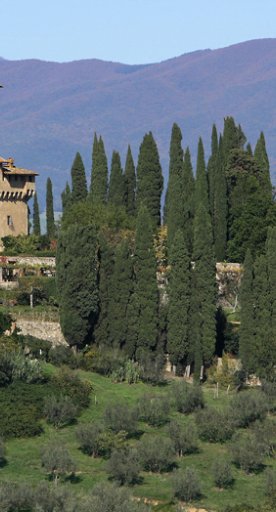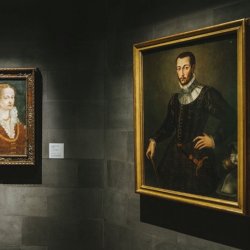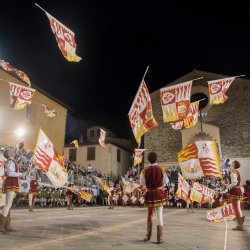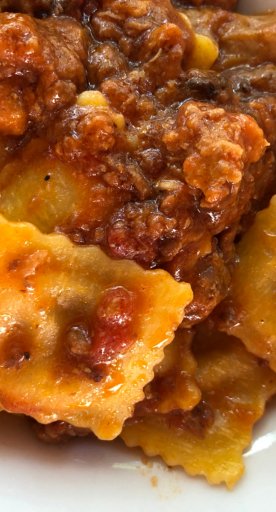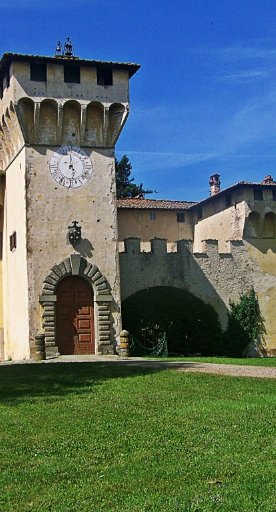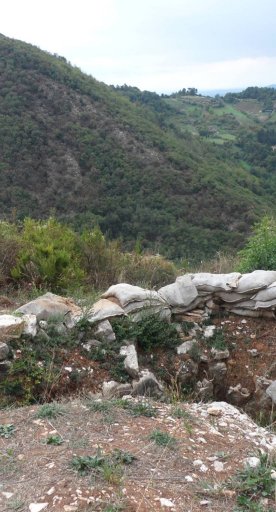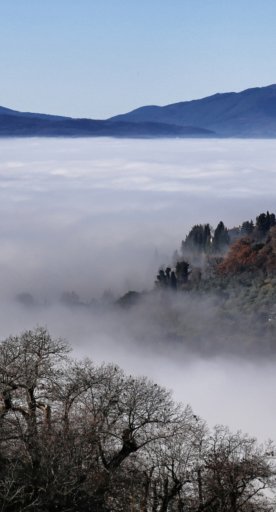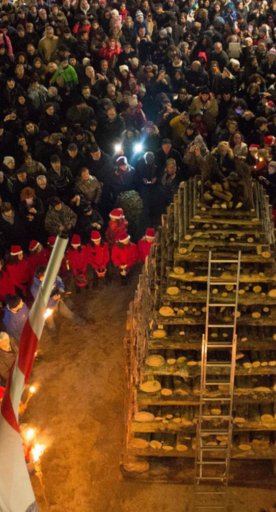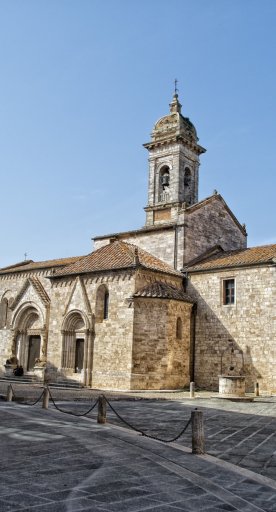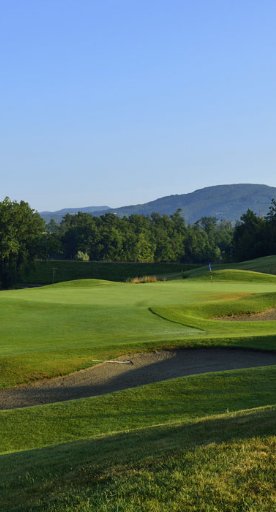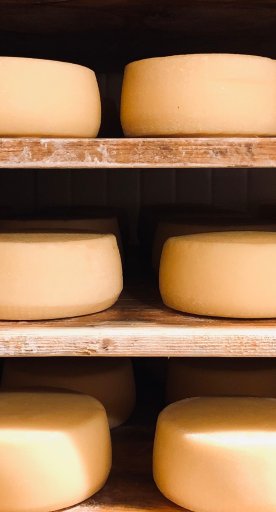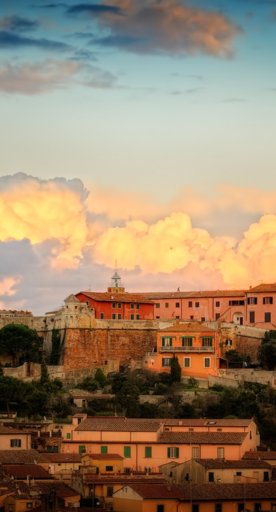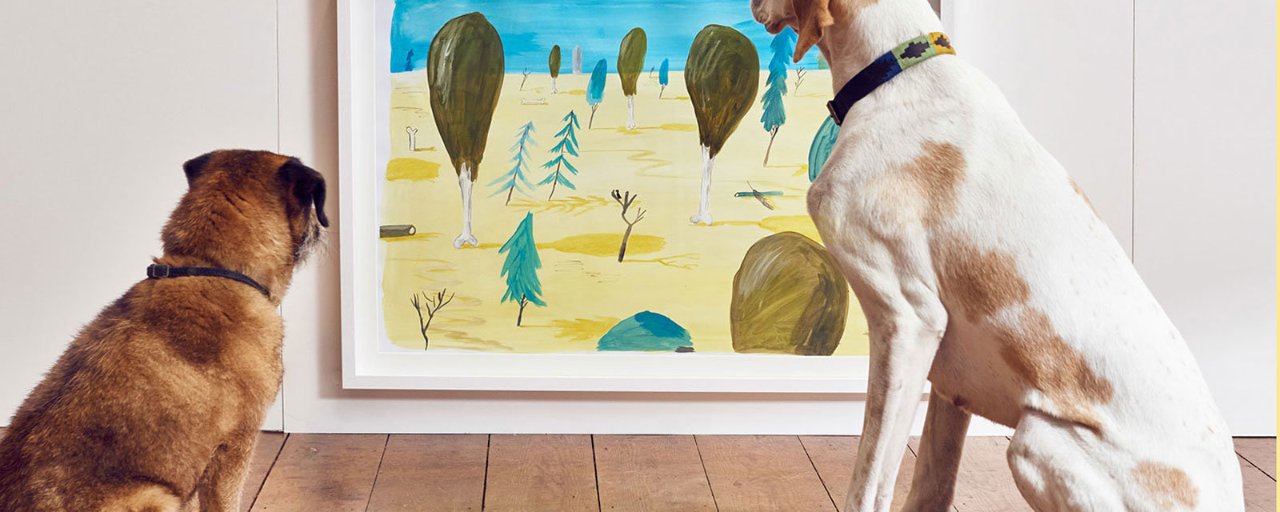Scarperia e San Piero
History and craftsmanship in two towns of the Mugello
The municipality of Scarperia e San Piero consists of two medieval villages, deep in the Mugello countryside.
Scarperia, one of the most beautiful villages in Italy according to an official list by ANCI (Associazione Nationale Comuni Italiani), boasts a unique medieval history: having been made a vicariate, it wielded administrative power on behalf of the Florentine government.
The village of San Piero, meanwhile, sits on the banks of the river Sieve. It grew in importance thanks to a bridge over the river, which was a necessary crossing point on the way to the Giogo Pass.
What to see in Scarperia
The heart of the main square is dominated by the fourteenth-century Palazzo dei Vicari. Its name comes from the vicari, the officials who lived in the palazzo and governed the area on behalf of Florence.
The façade is speckled with the crests of the various vicari: the most interesting specimens are those in terracotta, which came from the workshops of the Della Robbia family and from Benedetto Buglioni. Inside, the building is full of Renaissance frescos, which contrast with its stark exterior. The first room you come to on the top floor contains a Madonna and Child with Saints from 1554, by a member of the school of Ghirlandaio.
Also inside the palazzo, you can visit the Museum of Cutting Tools and take a journey through Mugellan craftsmanship: Scarperia, after all, is famous for its knifemaking.
Two interesting religious buildings also face onto the main square: the Propositura, founded in 1326, and the Oratory of the Madonna di Piazza, which goes back to 1320 and is where the vicari were invested. The Oratory contains Jacopo del Casentino's painting Madonna di Piazza, which was found, according to legend, in the piazza's water well.
All that remains to mention is the Sant'Agata Sacred Art Collection and the Sant'Agata Centre of Archaeological Documentation.
The heart of the main square is dominated by the fourteenth-century Palazzo dei Vicari. Its name comes from the vicari, the officials who lived in the palazzo and governed the area on behalf of Florence.
The façade is speckled with the crests of the various vicari: the most interesting specimens are those in terracotta, which came from the workshops of the Della Robbia family and from Benedetto Buglioni. Inside, the building is full of Renaissance frescos, which contrast with its stark exterior. The first room you come to on the top floor contains a Madonna and Child with Saints from 1554, by a member of the school of Ghirlandaio.
Also inside the palazzo, you can visit the Museum of Cutting Tools and take a journey through Mugellan craftsmanship: Scarperia, after all, is famous for its knifemaking.
Two interesting religious buildings also face onto the main square: the Propositura, founded in 1326, and the Oratory of the Madonna di Piazza, which goes back to 1320 and is where the vicari were invested. The Oratory contains Jacopo del Casentino's painting Madonna di Piazza, which was found, according to legend, in the piazza's water well.
All that remains to mention is the Sant'Agata Sacred Art Collection and the Sant'Agata Centre of Archaeological Documentation.
What to see in San Piero
San Piero's parish church is noteworthy for being one of the oldest in the Mugello. The current building dates back to the twelfth century, but in all likelihood an older church preceded it on the same site, given a document from 1018 makes mention of it. The church and parsonage contain object of real artistic value, especially the terracotta baptismal font, which is thought to have been made by Giovanni della Robbia.
Opposite the church we find the Oratory della Compagnia, which became the town's guest house and hospital in 1275.
San Piero's parish church is noteworthy for being one of the oldest in the Mugello. The current building dates back to the twelfth century, but in all likelihood an older church preceded it on the same site, given a document from 1018 makes mention of it. The church and parsonage contain object of real artistic value, especially the terracotta baptismal font, which is thought to have been made by Giovanni della Robbia.
Opposite the church we find the Oratory della Compagnia, which became the town's guest house and hospital in 1275.
Nearby
Not far from San Piero you can visit the convent of Bosco ai Frati - one of the oldest religious houses in Tuscany - which holds a crucifix by Donatello.
Nor should you miss a visit to the Medici castle of Il Trebbio, a UNESCO World Heritage Site that has been hosting illustrious guests since its completion. Its hunting grounds made it especially beloved of Lorenzo the Magnificent, and it was also inhabited for a long time by the dynamic renegade captain Giovanni delle Bande Nere, whose wife Maria Salviati became the mother of Grand Duke Cosimo I de' Medici. In 1476, a very young Amerigo Vespucci stayed here, fleeing from a plague-stricken Florence.
If you want to discover the Mugello's greenery, you can cycle a 10-km route to arrive at the Giogo Pass. At 882 metres high, it gives you an astonishing view of the Upper Mugello, repaying the effort it takes to get up there.
Not far from San Piero you can visit the convent of Bosco ai Frati - one of the oldest religious houses in Tuscany - which holds a crucifix by Donatello.
Nor should you miss a visit to the Medici castle of Il Trebbio, a UNESCO World Heritage Site that has been hosting illustrious guests since its completion. Its hunting grounds made it especially beloved of Lorenzo the Magnificent, and it was also inhabited for a long time by the dynamic renegade captain Giovanni delle Bande Nere, whose wife Maria Salviati became the mother of Grand Duke Cosimo I de' Medici. In 1476, a very young Amerigo Vespucci stayed here, fleeing from a plague-stricken Florence.
If you want to discover the Mugello's greenery, you can cycle a 10-km route to arrive at the Giogo Pass. At 882 metres high, it gives you an astonishing view of the Upper Mugello, repaying the effort it takes to get up there.
Events
Every year, usually the last Sunday of May or the first Sunday of June, the Mugello International Autodrome hosts the Italian Grand Prix, the official Moto GP race.
Aside from this, Scarperia puts on the famous Festa del Diotto every year, a festival that goes back further than anyone can remember. Officially founded by the Florentine Republic on 7 September 1306, Scarperia has always been organising festivities for the 8 September, to celebrate the birth of the Virgin Mary. On the evening of this date, the doors to the Palazzo dei Vicari are flung open and a costumed procession marches out, noble lords and ladies all. Sports that the goliards (wandering medieval scholars) would have played then take place in the main square, with the town's various districts competing: it's these games, which are meant to honour the ghosts of the vicari, that really inject the Diotto festival with life. The weekend before this is full of Renaissance-themed days, where the locals relive a typical day in the life of the Renaissance with tournaments, jesters, falconry, firework displays, dances and music.
Every year, usually the last Sunday of May or the first Sunday of June, the Mugello International Autodrome hosts the Italian Grand Prix, the official Moto GP race.
Aside from this, Scarperia puts on the famous Festa del Diotto every year, a festival that goes back further than anyone can remember. Officially founded by the Florentine Republic on 7 September 1306, Scarperia has always been organising festivities for the 8 September, to celebrate the birth of the Virgin Mary. On the evening of this date, the doors to the Palazzo dei Vicari are flung open and a costumed procession marches out, noble lords and ladies all. Sports that the goliards (wandering medieval scholars) would have played then take place in the main square, with the town's various districts competing: it's these games, which are meant to honour the ghosts of the vicari, that really inject the Diotto festival with life. The weekend before this is full of Renaissance-themed days, where the locals relive a typical day in the life of the Renaissance with tournaments, jesters, falconry, firework displays, dances and music.
Typical dishes and produce
The culinary traditions of the Mugello are extremely old, stretching back to the medieval period, and are characterised by simple flavours and local ingredients. There will certainly be a chance to try traditional dishes like potato tortelli, herb-filled ravioli, farinata cake, crostini with black cabbage, stuffed rabbit and the classic bistecca alla fiorentina steak.
The culinary traditions of the Mugello are extremely old, stretching back to the medieval period, and are characterised by simple flavours and local ingredients. There will certainly be a chance to try traditional dishes like potato tortelli, herb-filled ravioli, farinata cake, crostini with black cabbage, stuffed rabbit and the classic bistecca alla fiorentina steak.
